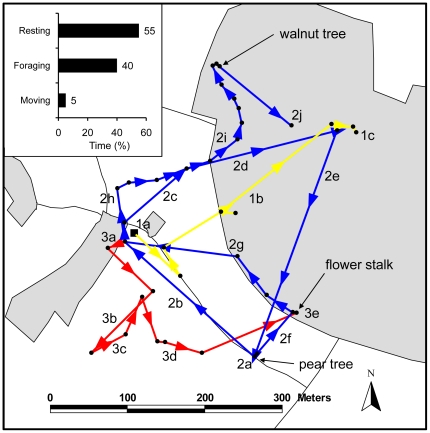Figure 5. Detailed movement trajectories of one Bombus hortorum individual (bee 1, see Table 1 ) followed over a time period of >12 hours (within 2 days) with 3 continuous tracking periods.
Trajectory 1 (yellow line, order from 1a to 1c) is the first tracking period from 1–3:45 pm (165 min), starting from the study site (black square) after transmitter attachment on the first day (June-30). Trajectory 2 (blue line, from 2a to 2j) is the second tracking period from 8:45 am to 2:55 pm (370 min) on the following day (July-1), and trajectory 3 (red line, from 3a to 3e) is the third tracking period in the afternoon of the same day from 4:25–7:50 pm (205 min). The inset shows the percentages of total time spend for three different behavioral categories (resting, foraging, and moving). Note that the bumblebee rested for long time periods (>45 min) on a pear tree (105+80 min), a walnut tree (95 min), and a flower stalk (60 min + subsequent overnight stay). Flight times between points were rather short (usually <1 min).

